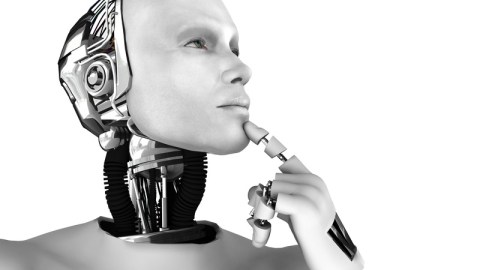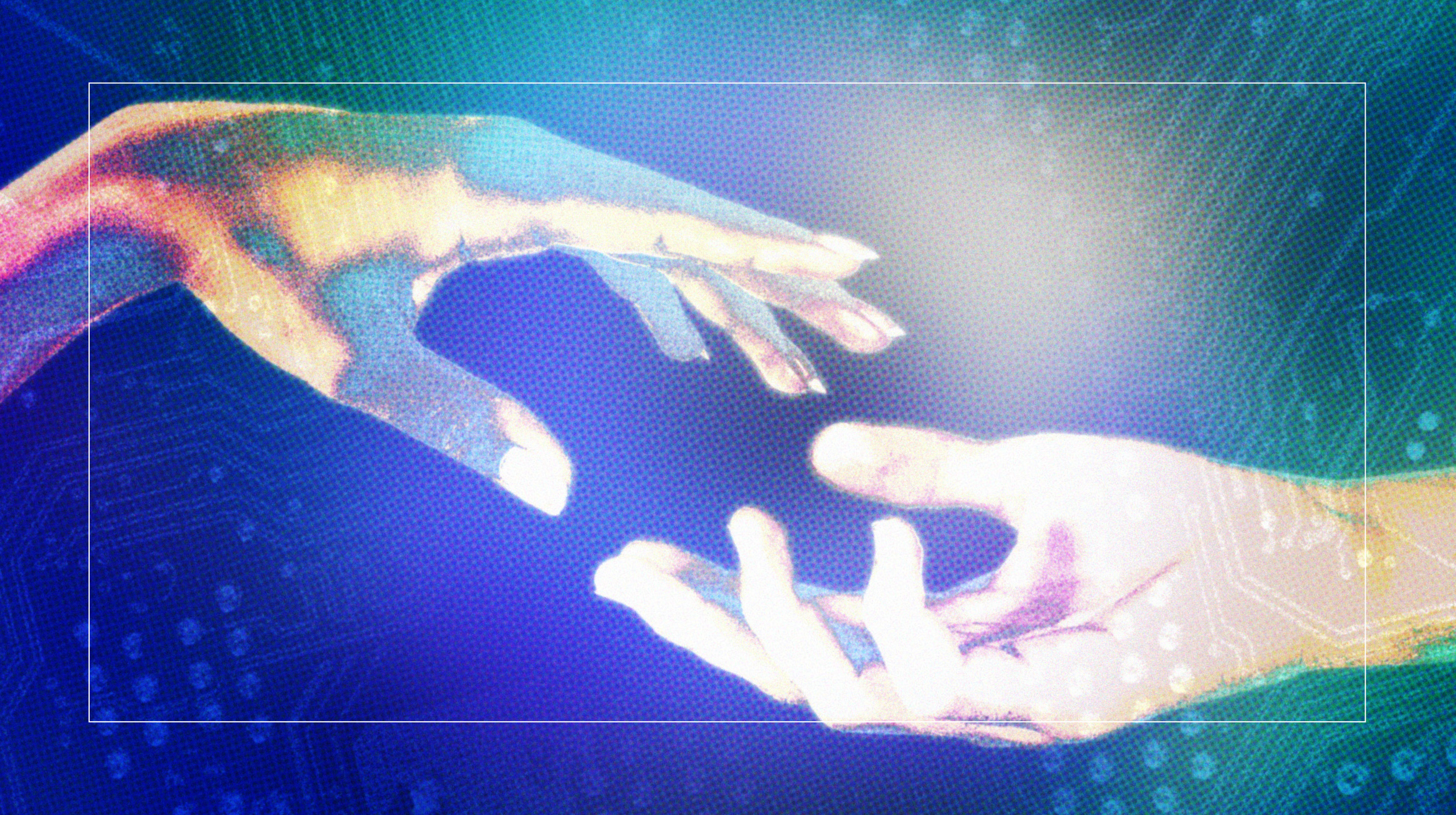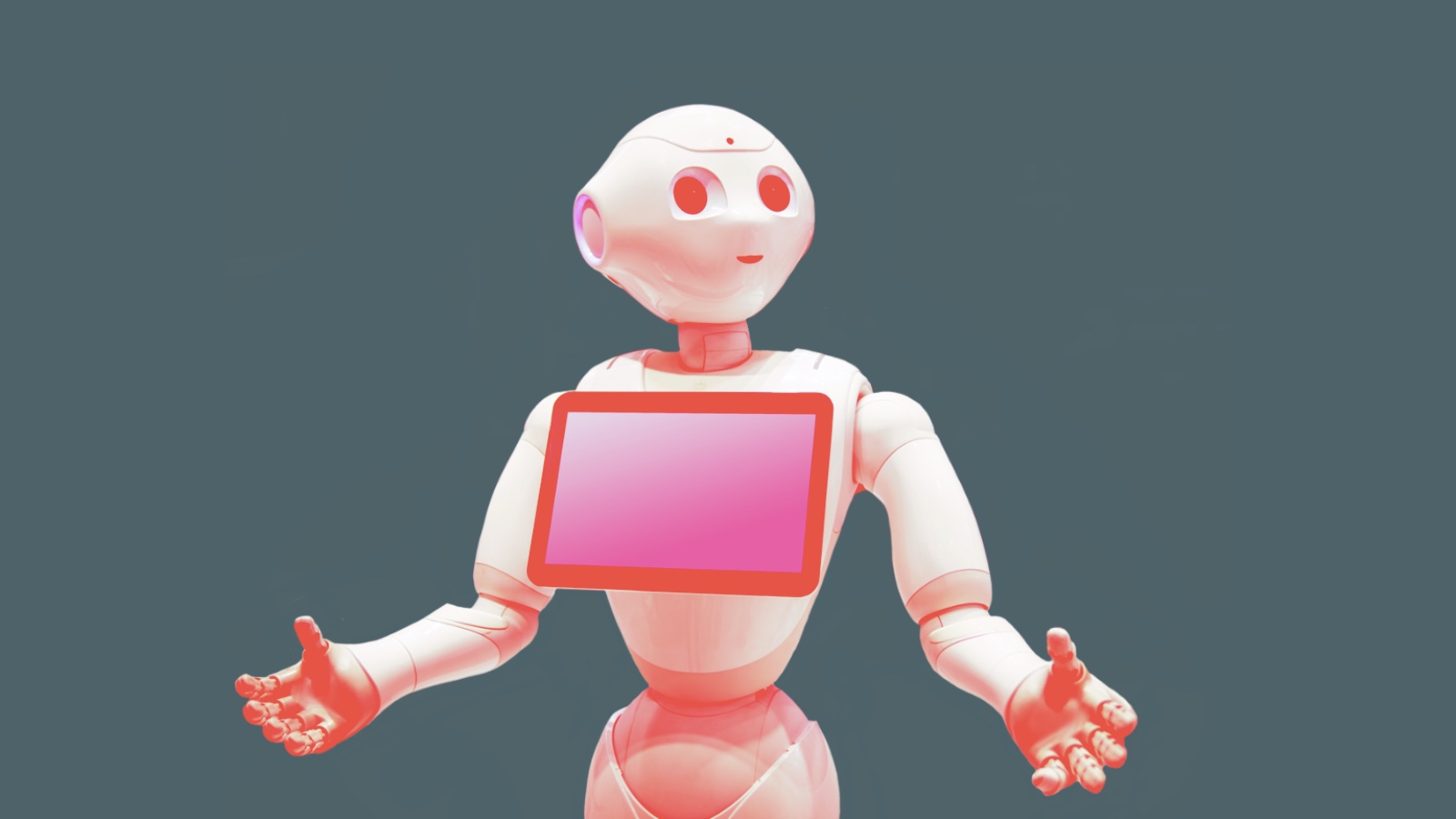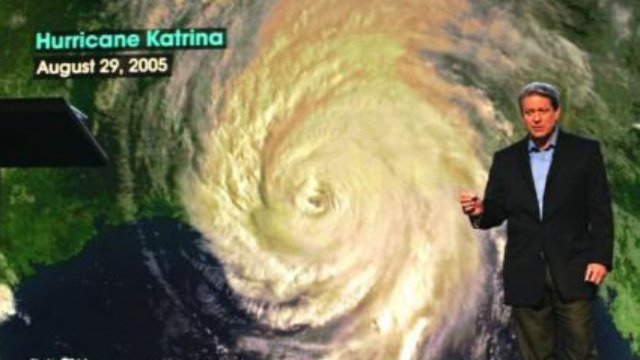A Walk Through the Shadow of the Uncanny Valley

If it sometimes feels like it’s impossible to keep up with the torrent of information, data and digital content that’s being created every day online, you’re not alone. Within the next few years, it’s highly conceivable that many of us will have enhanced versions of ourselves that are able to complete all the routine online tasks – such as updating our social networking profiles or applying to jobs – that are already within the limits of artificial intelligence. In fact, the entire Transhumanism movement is based around that very idea – that soon, a hybrid of human and machine intelligence will make it possible to transcend our current cognitive limits. Yet, to get from Point A (the present) to Point B (the future), we will need to walk through the shadows of the Uncanny Valley – and that journey could indeed be perilous, fraught with many ethical and moral dilemmas.
In layman’s terms, the Uncanny Valley refers to a controversial idea from the fields of robotics and artificial intelligence that humans are evolutionarily hard-wired to reject “nearly human” entities. The hypothesis, coined by Japanese robotics researcher Masahiro Mori nearly 40 years ago, states that “as the appearance of a robot is made more human, our emotional response to the robot will become increasingly positive, until a point is reached beyond which the response quickly becomes that of strong revulsion. Then, as the appearance of the robot becomes indistinguishable from that of a human being, the emotional response becomes positive once more.” The Uncanny Valley refers to “this area of repulsive response” that a robot with appearance and motion between a “barely human” and “fully human” entity is able to arouse. In short, robots that are 95% human are creepy and repulsive, but robots that are 99.9% human are kinda warm and cuddly.
Popular culture is filled with examples of our fear, uncertainty and doubt in the Uncanny Valley. In science fiction, nearly-human robots and replicants always appear strange and overtly threatening. In horror movies, creatures that are human but lack some emotional attachment (e.g. Stepford Wives) populate the Uncanny Valley of our imaginations. Or, consider the characters in animated movies like “Polar Express,” which have been criticized for looking disturbingly not-quite-human. The concept of the Uncanny Valley has even been referenced on the TV show 30 Rock.
We’re now almost at a point where, at least online, digital representations of humans are able to fool millions of people. Consider the recent brouhaha in Japan over the beautiful pop sensation Aimi Eguchi, who turned out to be a clever digital amalgamation of several different girls in the band AKB48. At some point, it will it no longer be possible to distinguish between machines and humans on the Internet.
This will be the other side of the Uncanny Valley, where humans will enhance themselves – whether through biology or robotics or artificial intelligence – to a point where they begin to possess “uncanny” abilities – such as superior cognition or extraordinary physical abilities. As futurists such as Jamais Cascio point out, “So long as these enhancements remain within a perceived norm of human behavior, a negative reaction is unlikely, but once individuals supplant normal human variety, we can expect an outcry of revulsion.” However, once such technological enhancements accelerate away from conventional human norms, “transhuman” individuals would begin to be perceived as entirely separate entities (Supermen?) altogether.
It’s impossible to reach The Singularity without first successfully traversing the Uncanny Valley. What will be our reaction, however, when advances in biology and artificial intelligence make it possible for some members of our society to gain an advantage over others, by virtue of their uncanny cognitive and physical abilities? When we look at them, we will no longer recognize ourselves – and it is then that the ethical, moral and religious questions will intensify. (Transhumanism, remember, is one of the world’s most dangerous ideas.) Will we see our enhanced selves as abominations of nature, or as merely the next logical step in the evolution of the human race?





